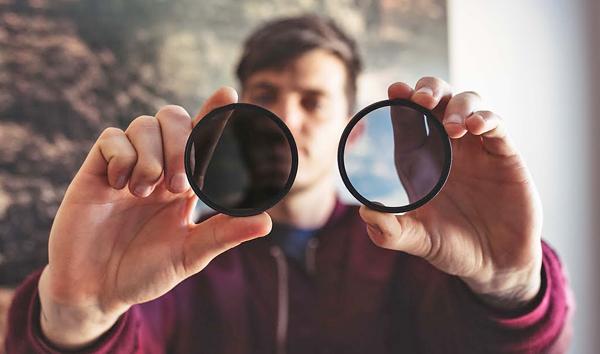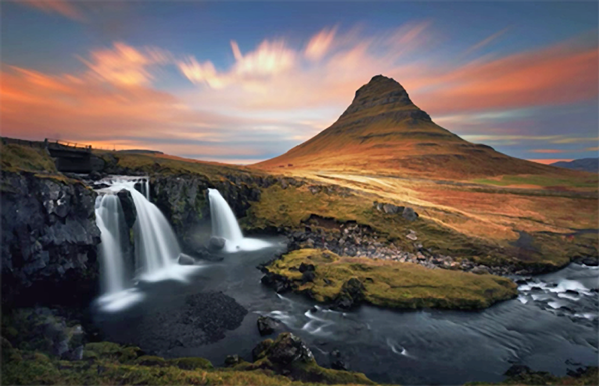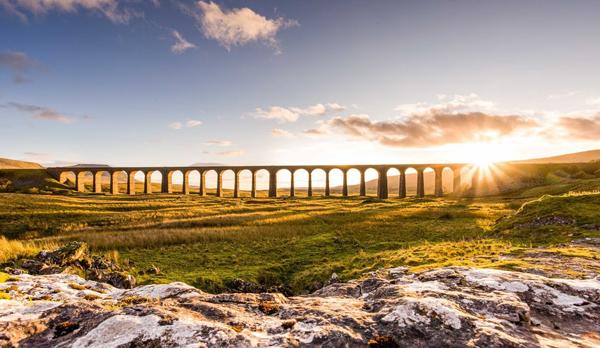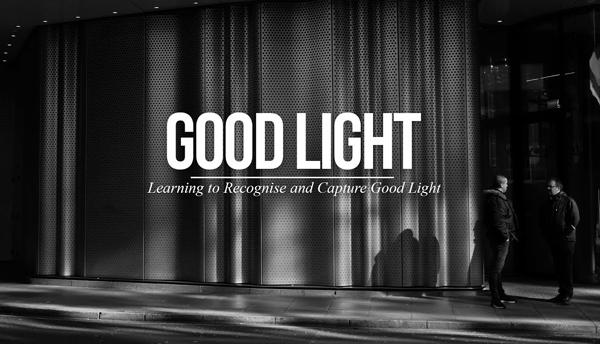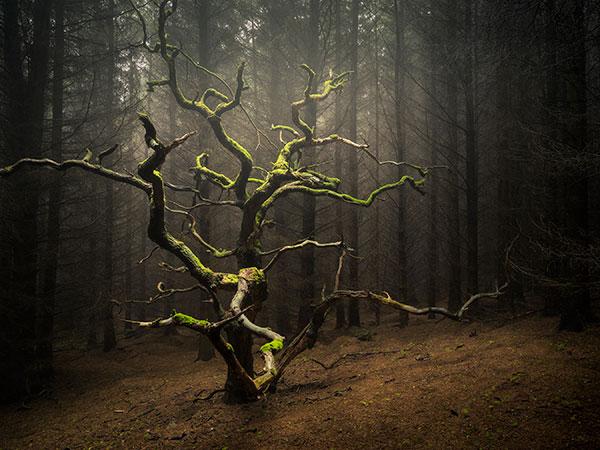Outdoor Photography How To
Sort By: Post Date TitlePublish Date
|
Mar 13, 2018
|
Mar 09, 2018
|
Mar 08, 2018
|
Mar 07, 2018
|
Mar 06, 2018
|
Mar 06, 2018
|
Mar 06, 2018
|
Mar 05, 2018
|
Mar 05, 2018
|
Mar 02, 2018
|
Feb 28, 2018
|
Feb 28, 2018
|
Feb 27, 2018
|
Feb 23, 2018


